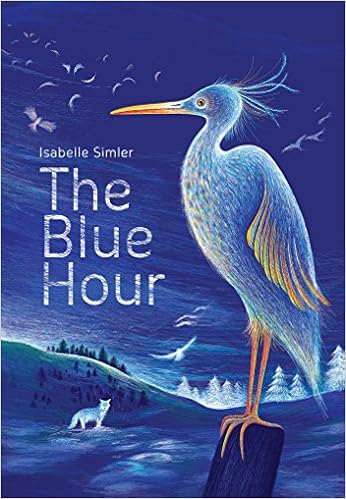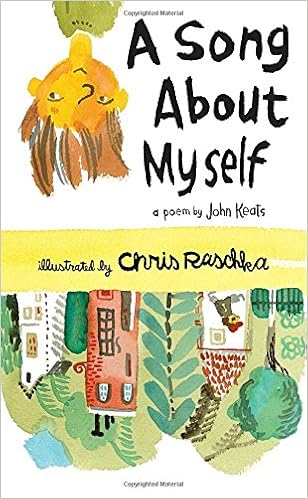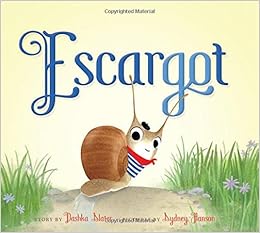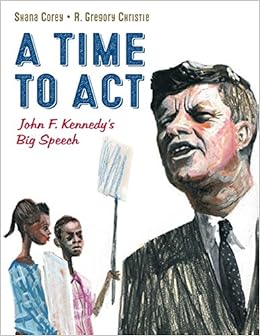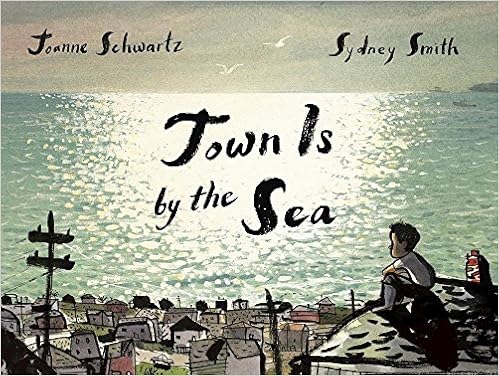Published by Little, Brown

Summary: Caldecott Medalist Jerry Pinkney takes on another classic folktale, emphasizing the bullying aspect of troll vs. goats. Each goat takes its turn trip-trapping over the bridge, until the biggest goat comes along. A pullout page gives extra emphasis to his confrontation with the troll. Pinkney explains in his author’s note that he didn’t like the traditional ending of this tale, so he has invented a new one. It doesn’t necessarily seem like a happy ending, but a careful reader will see some troll-goat cooperation going on in the endpapers. 40 pages; ages 4-8.
Pros: Pinkney continues his string of folktale successes. The language is perfect for a storytelling-style read-aloud, and the watercolor illustrations provide plenty of details to examine.
Cons: That is one scary-looking troll.



